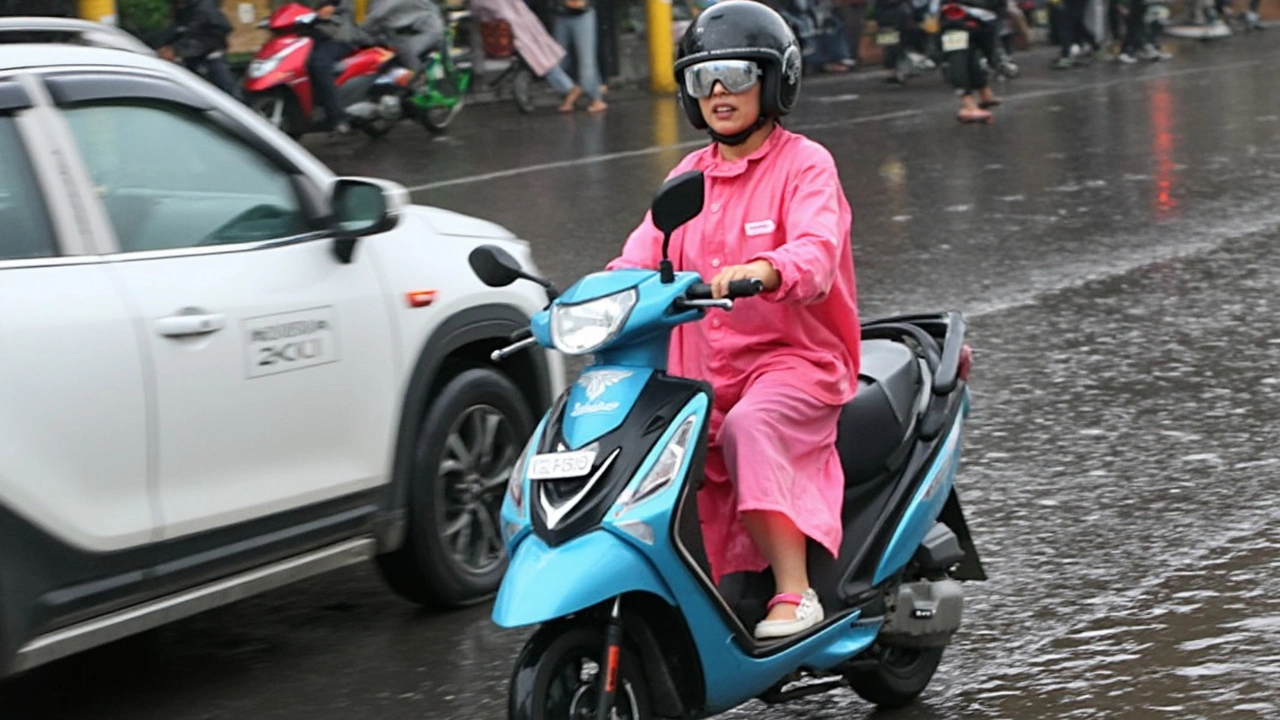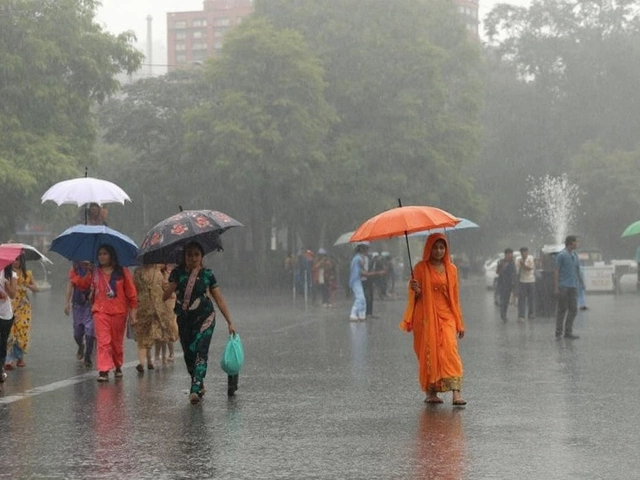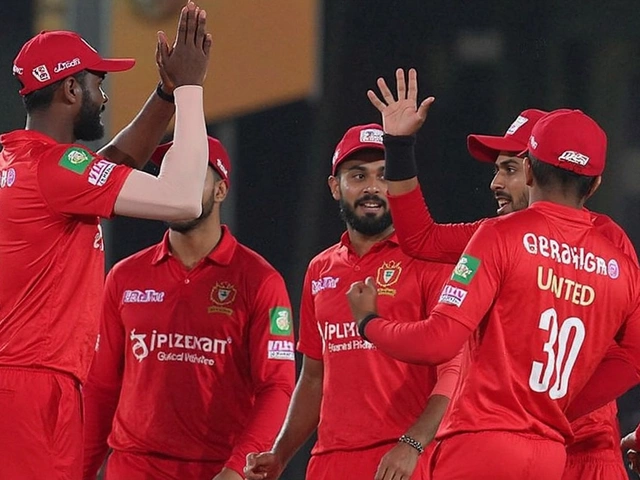Extreme Heat – What’s Happening and How to Stay Safe
India’s summer is heating up fast, and the numbers are getting scary. Delhi’s heat index has topped 45°C even though the thermometer reads around 32‑33°C. That means the humidity and sun are turning ordinary hot days into almost unbearable ones. If you’re wondering why you feel so drained, it’s the heat index doing its job – it tells you how hot it actually feels on your skin.
Below you’ll find the most recent alerts, what the numbers mean, and practical steps you can take right now to protect yourself and your family.
Heat Alerts and Weather Updates
The India Meteorological Department (IMD) has issued orange alerts for several regions, including Delhi‑NCR, UP and Bihar. An orange alert means that heavy rain may follow, but it also signals that temperatures are expected to stay high before the monsoon arrives. In Delhi, the current forecast shows highs of 32‑33°C with humidity pushing the feel‑like temperature up to 45°C.
Other cities are feeling the squeeze too. Kolkata is battling water‑logging from a depression over the Bay of Bengal, while parts of Uttar Pradesh have logged over 300 mm of rain in August – a 52% excess over normal. Those rains can bring brief relief, but they also raise humidity, which makes the heat feel even hotter.
When an orange or red alert is active, the IMD recommends staying indoors during peak heat hours (12 pm‑4 pm), keeping windows closed, and drinking plenty of water. If you have to be out, wear light clothing, a hat, and a sunscreen with at least SPF 30.
Simple Ways to Beat the Heat
First, hydrate. Don’t wait until you’re thirsty – sip water, coconut water, or a light electrolyte drink every hour. Avoid caffeinated or sugary drinks because they can dehydrate you faster.
Second, cool your living space. Use fans, keep blinds closed during the sun’s strongest period, and place a bowl of ice in front of a fan for a quick DIY air‑conditioner. If you have an air‑conditioner, set it at 24‑26°C; it’s enough to feel comfortable without blowing up the electricity bill.
Third, think about food. Eat smaller, lighter meals more often. Fresh fruits like watermelon, cucumber, and oranges give you water and vitamins without heating up your body like a heavy curry would.
Lastly, protect the vulnerable. Children, elders, and anyone with chronic illnesses need extra attention. Make sure they stay in cool rooms, have regular water breaks, and avoid outdoor activities during the hottest part of the day.
Keep an eye on the IMD app or local news for the latest heat and rain alerts. A quick glance each morning can save you from unexpected heat waves or sudden storms.
Extreme heat isn’t just uncomfortable; it can cause heat exhaustion, heat stroke, and worsen existing health conditions. By staying informed and following these simple steps, you can keep yourself and your loved ones safe while the weather does its thing.
Stay cool, stay hydrated, and remember: the heat will pass, but good habits stick around for life.
Extreme Heatwave Grips Gorakhpur, Deoria, and Kushinagar with Unpredictable Rainfall
Gorakhpur, Deoria, and Kushinagar are battling extreme heat in June 2025, with temperatures soaring up to 44°C and sudden rain spells adding to the unpredictability. Meteorologists urge residents to take heatwave precautions.





